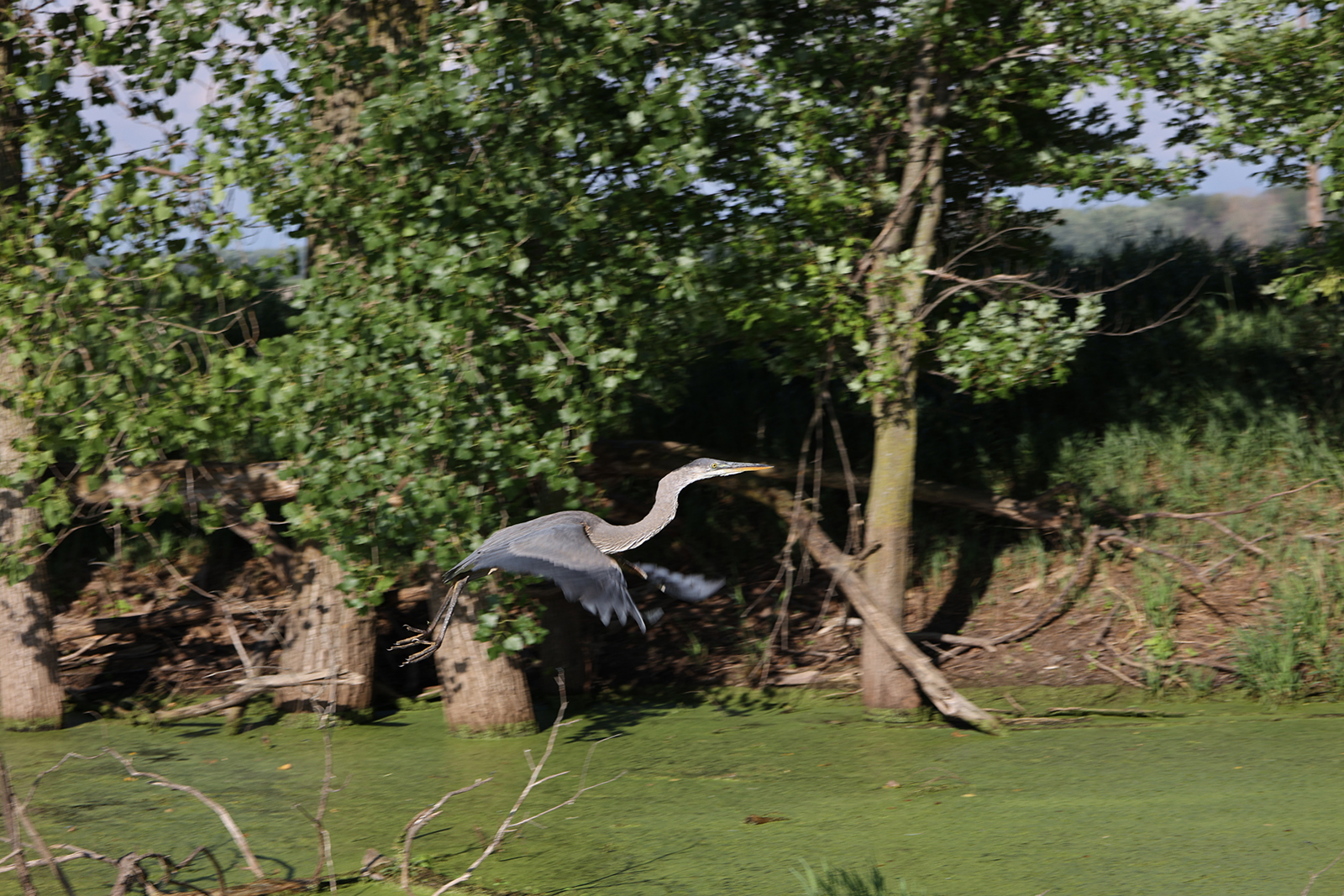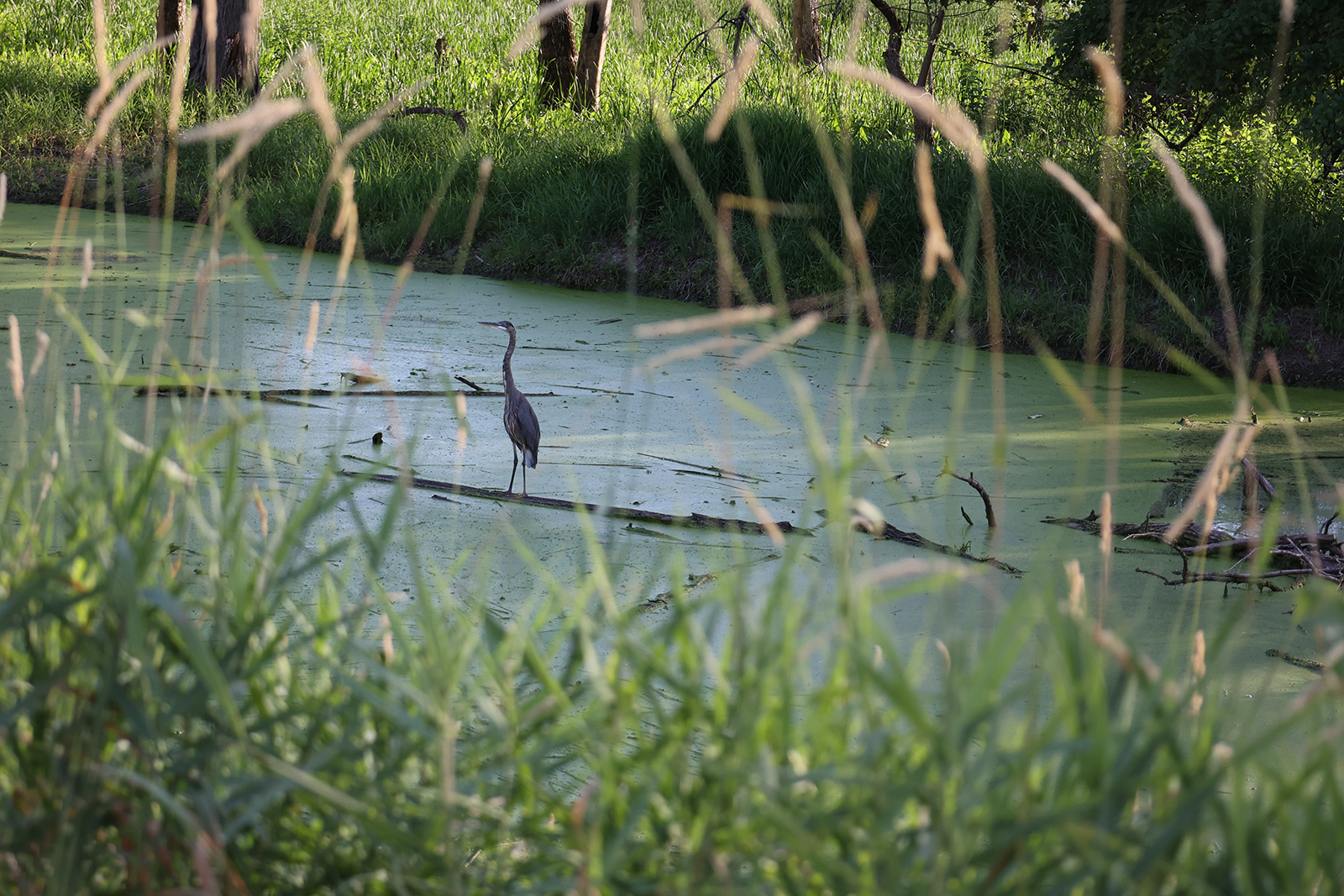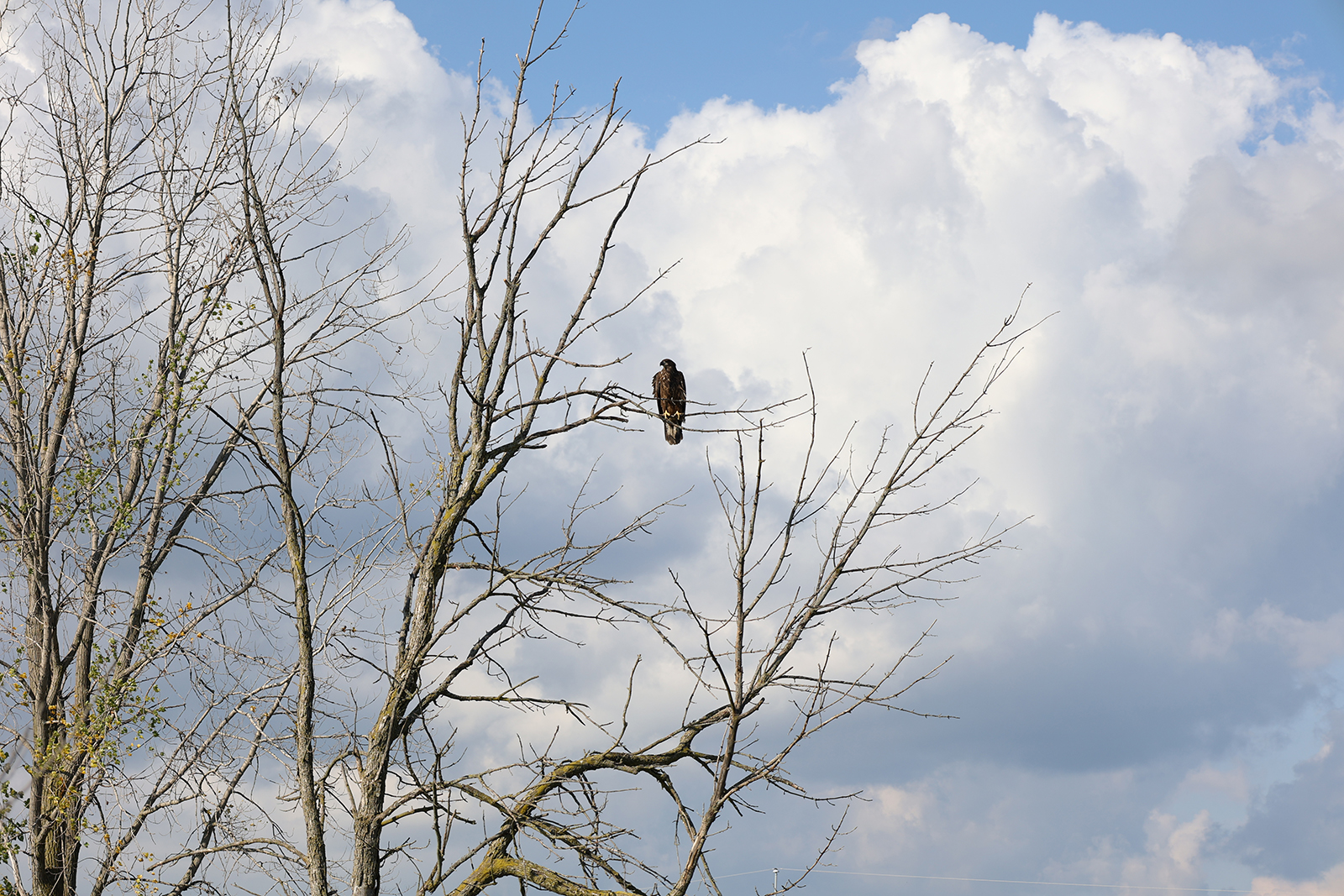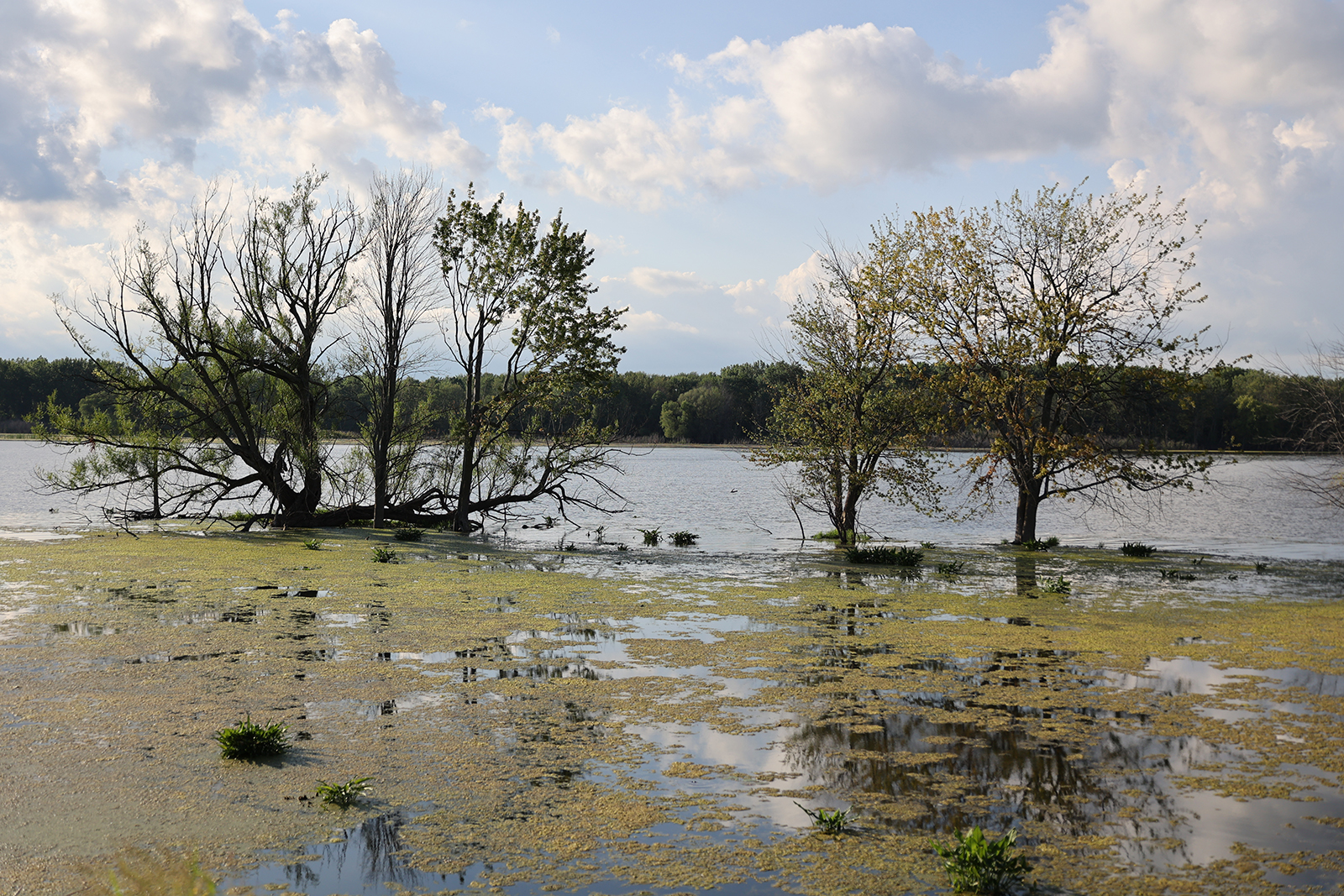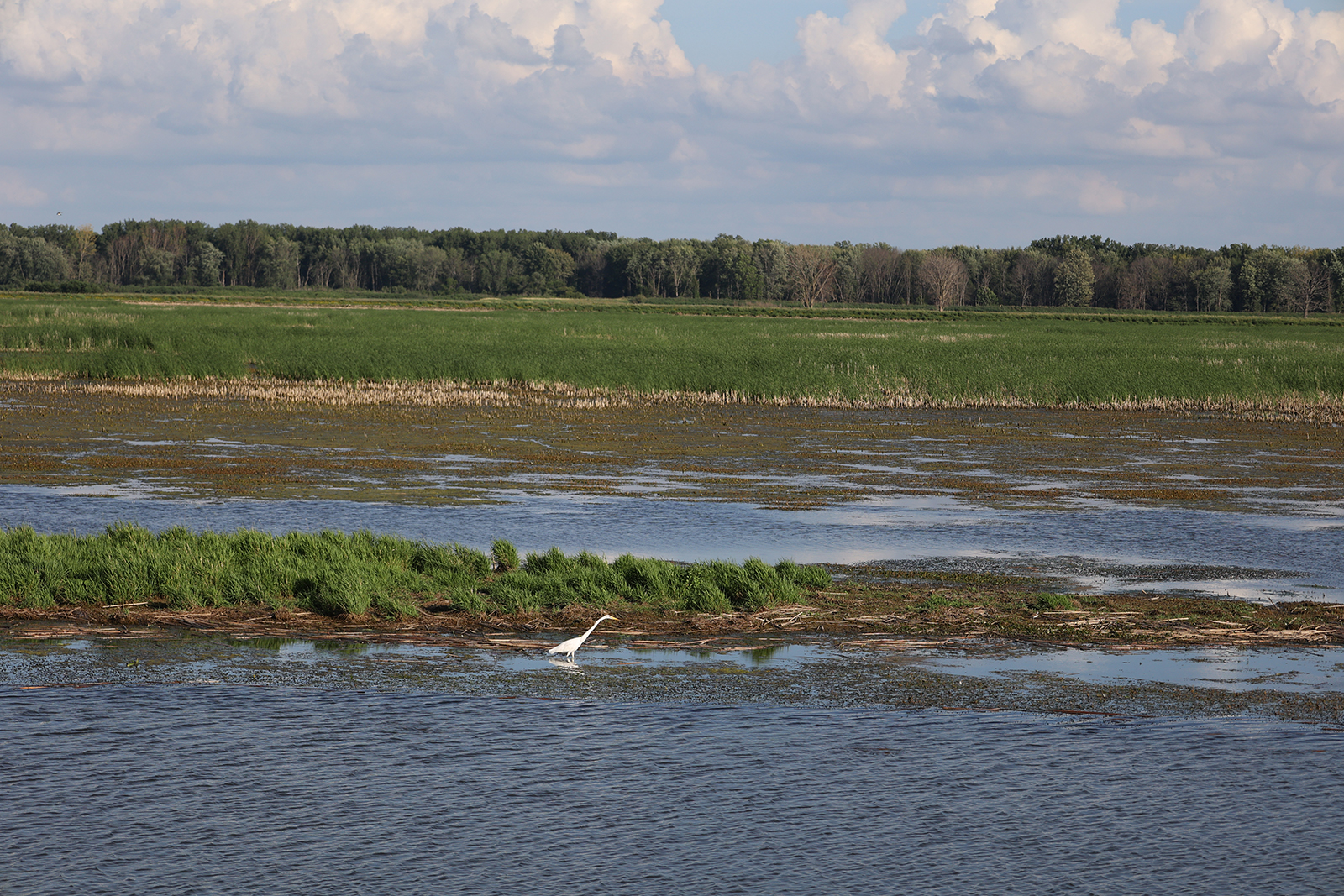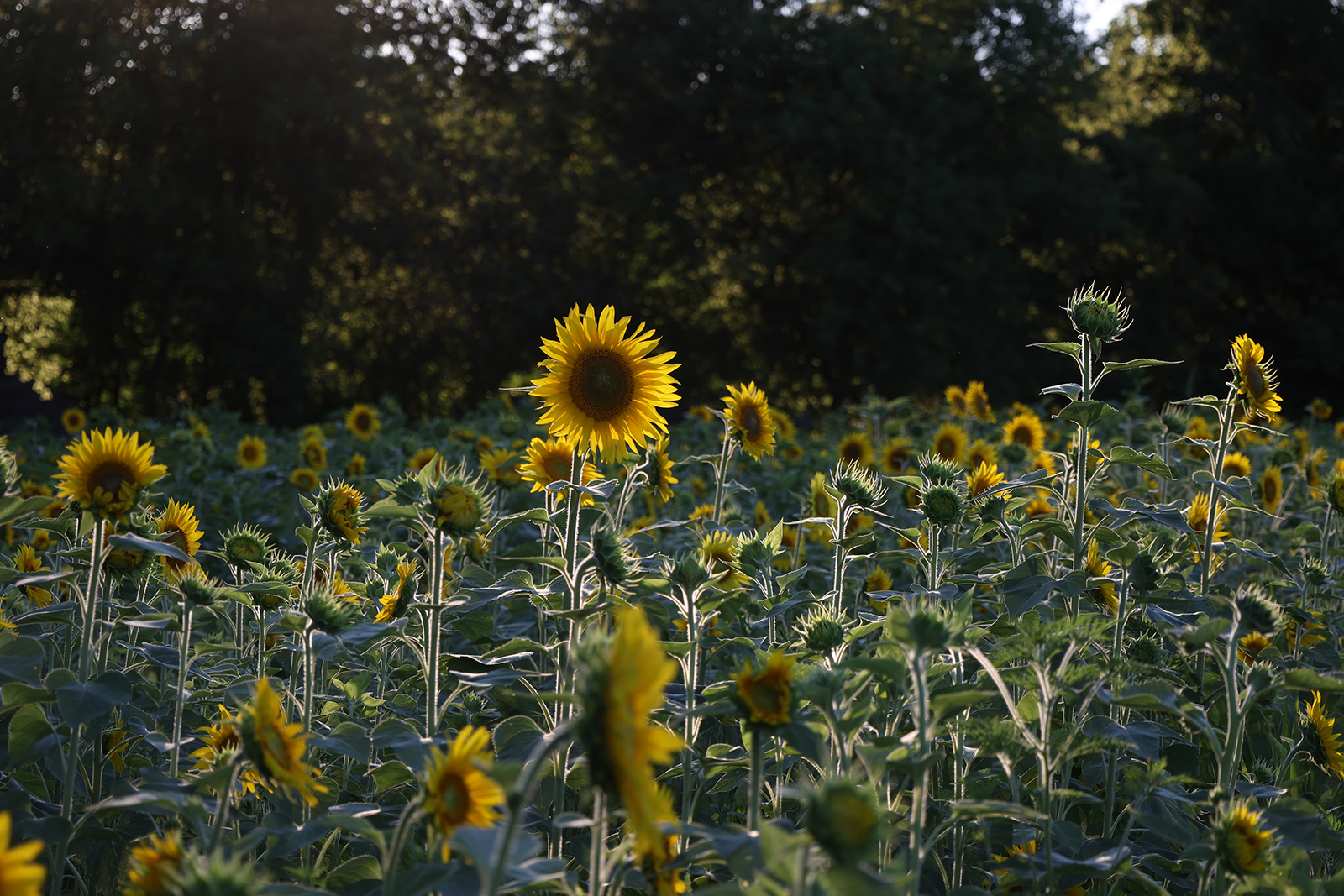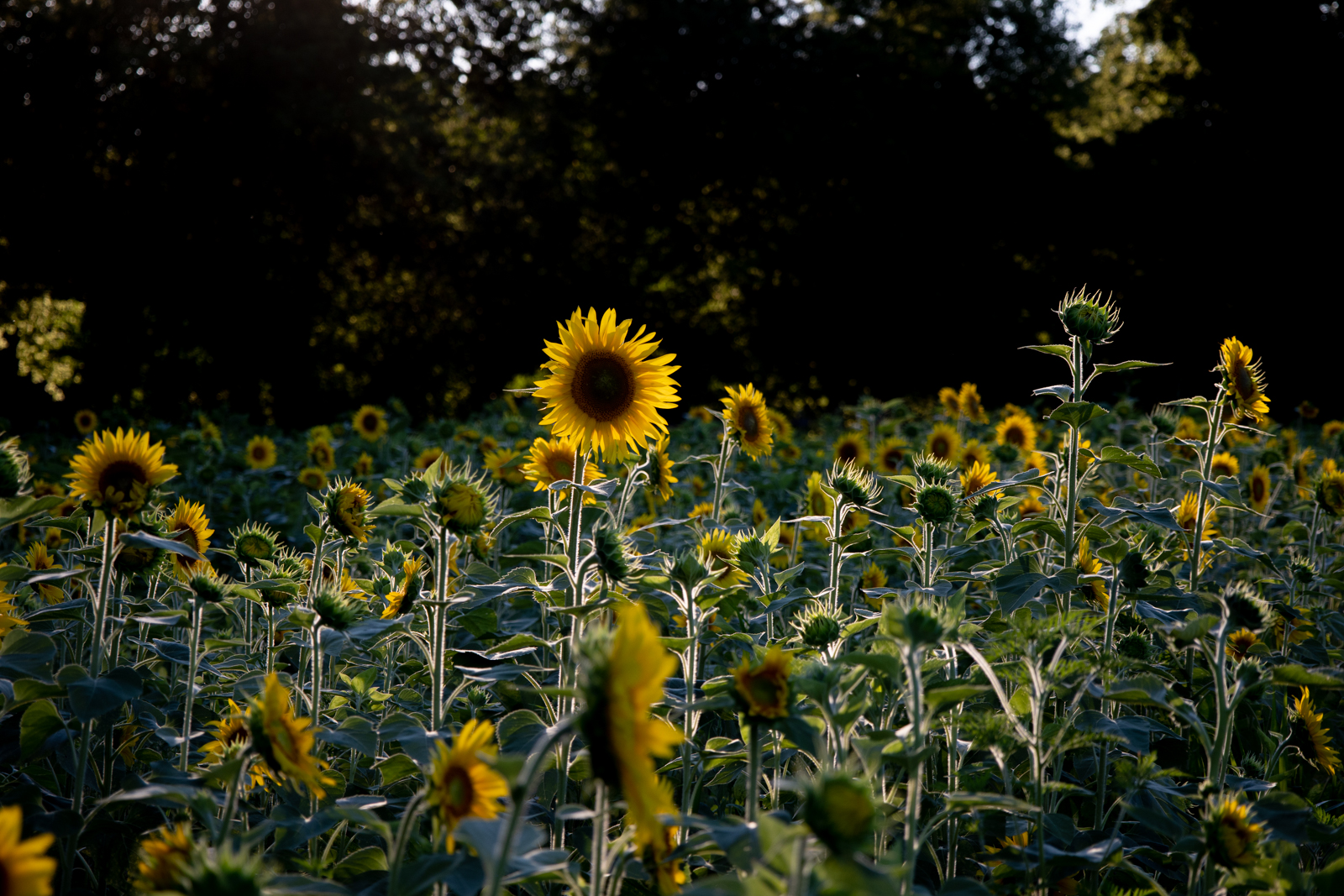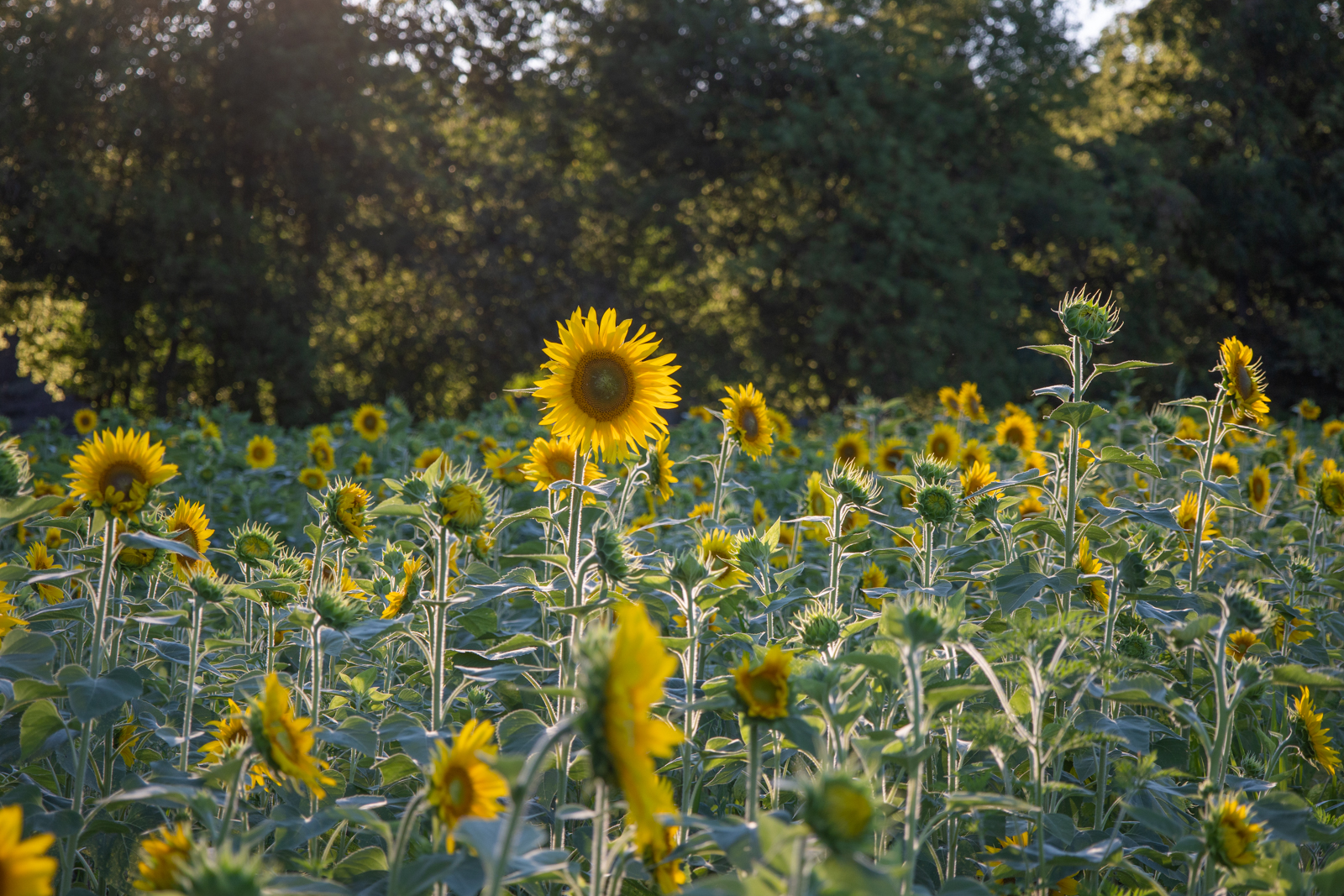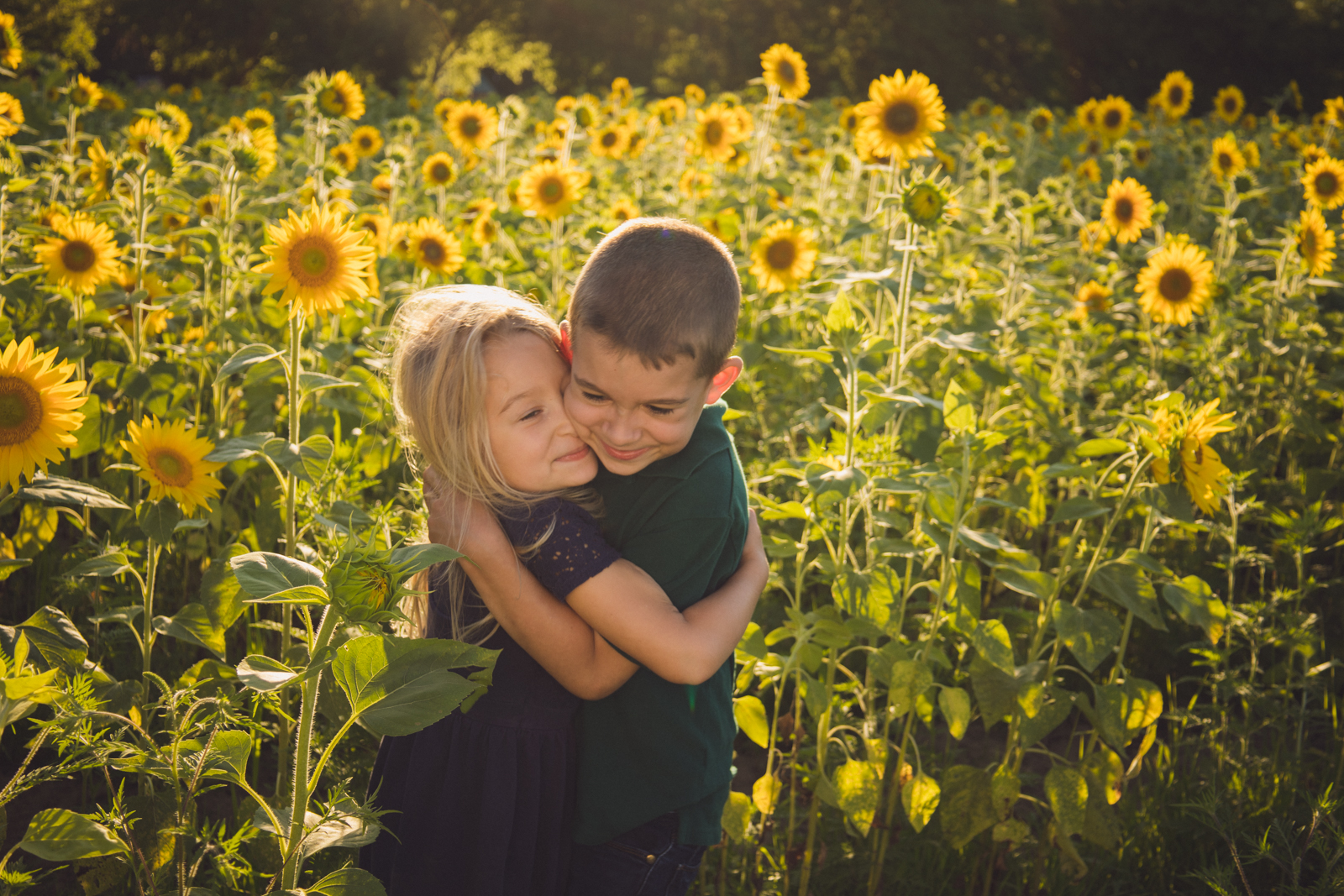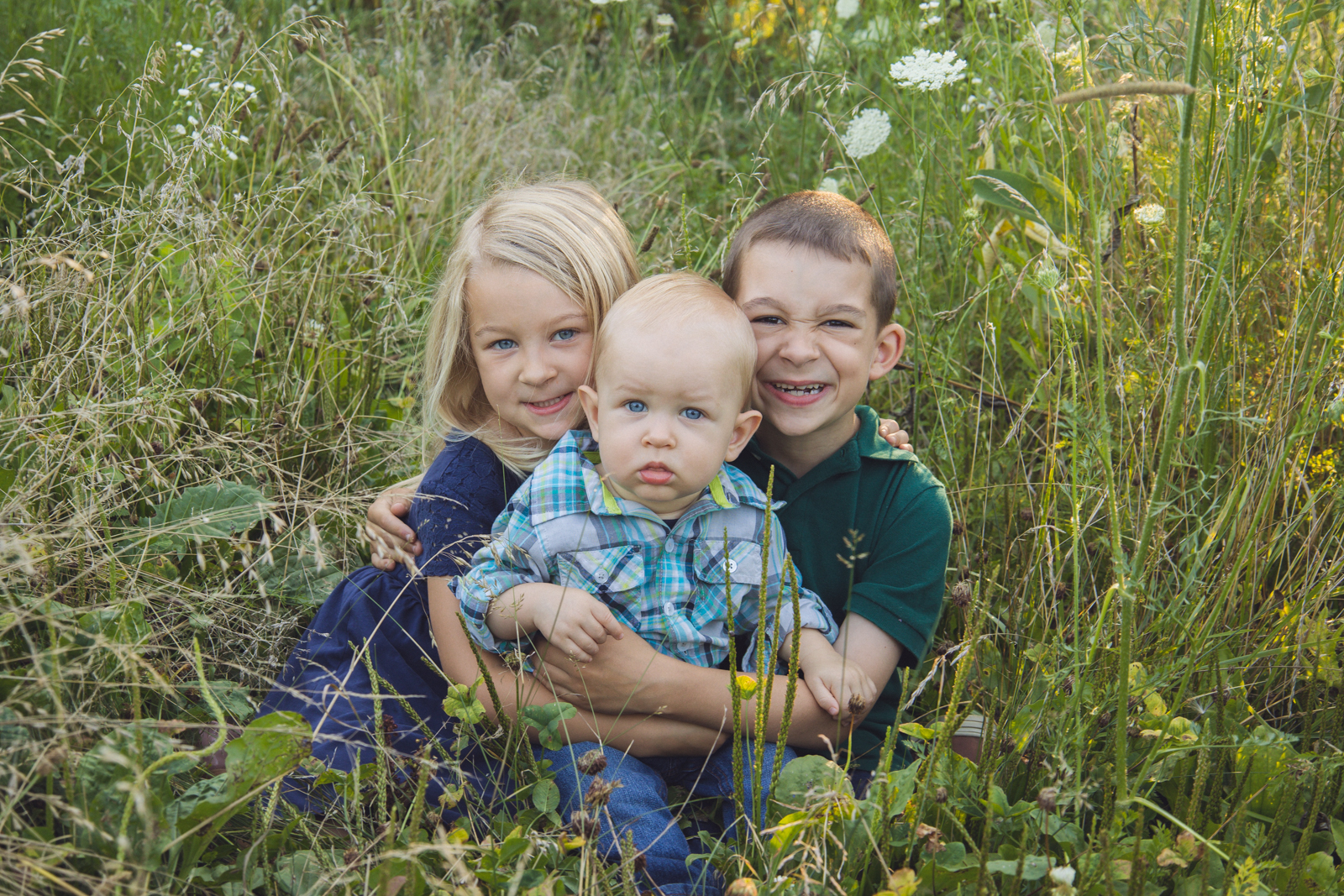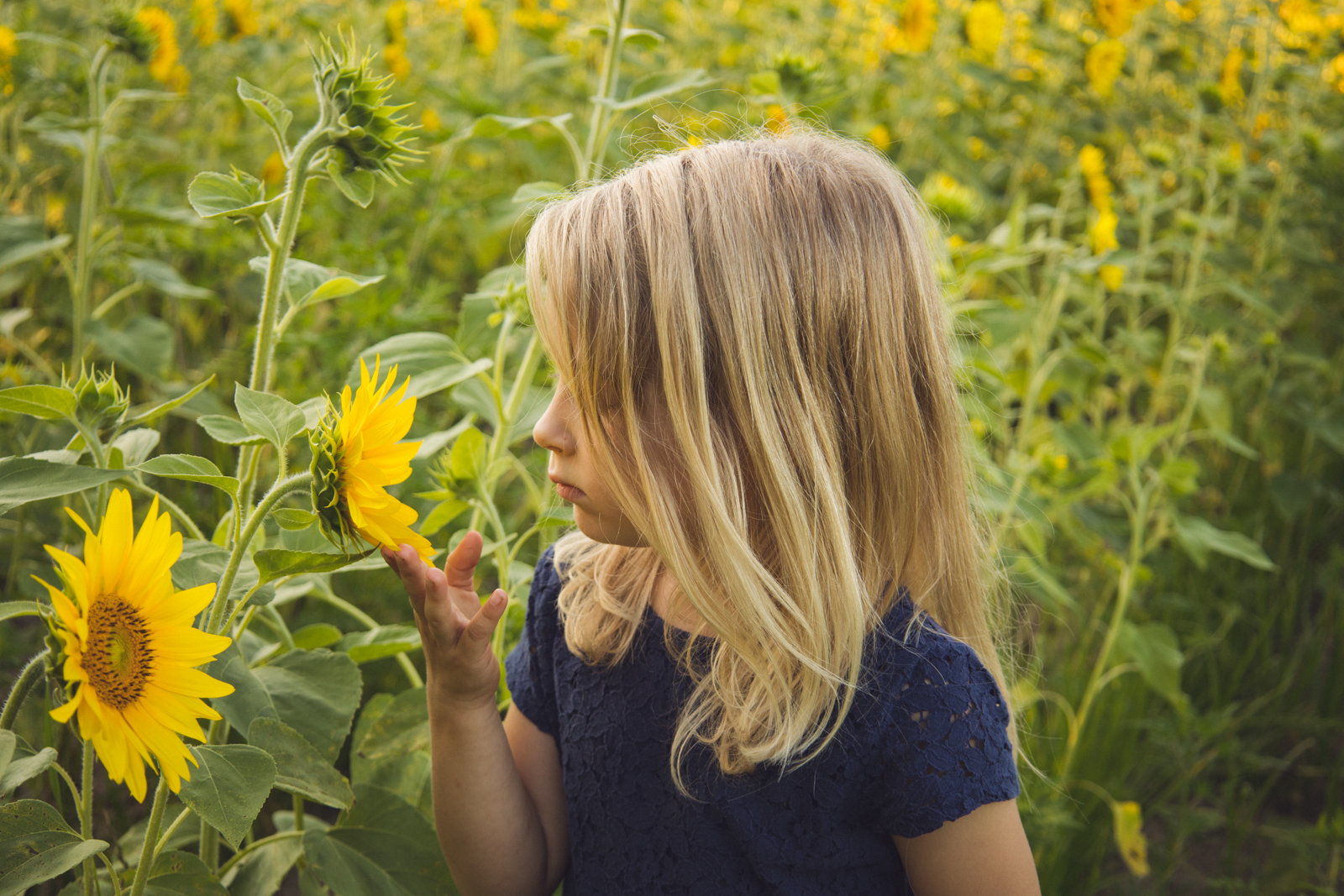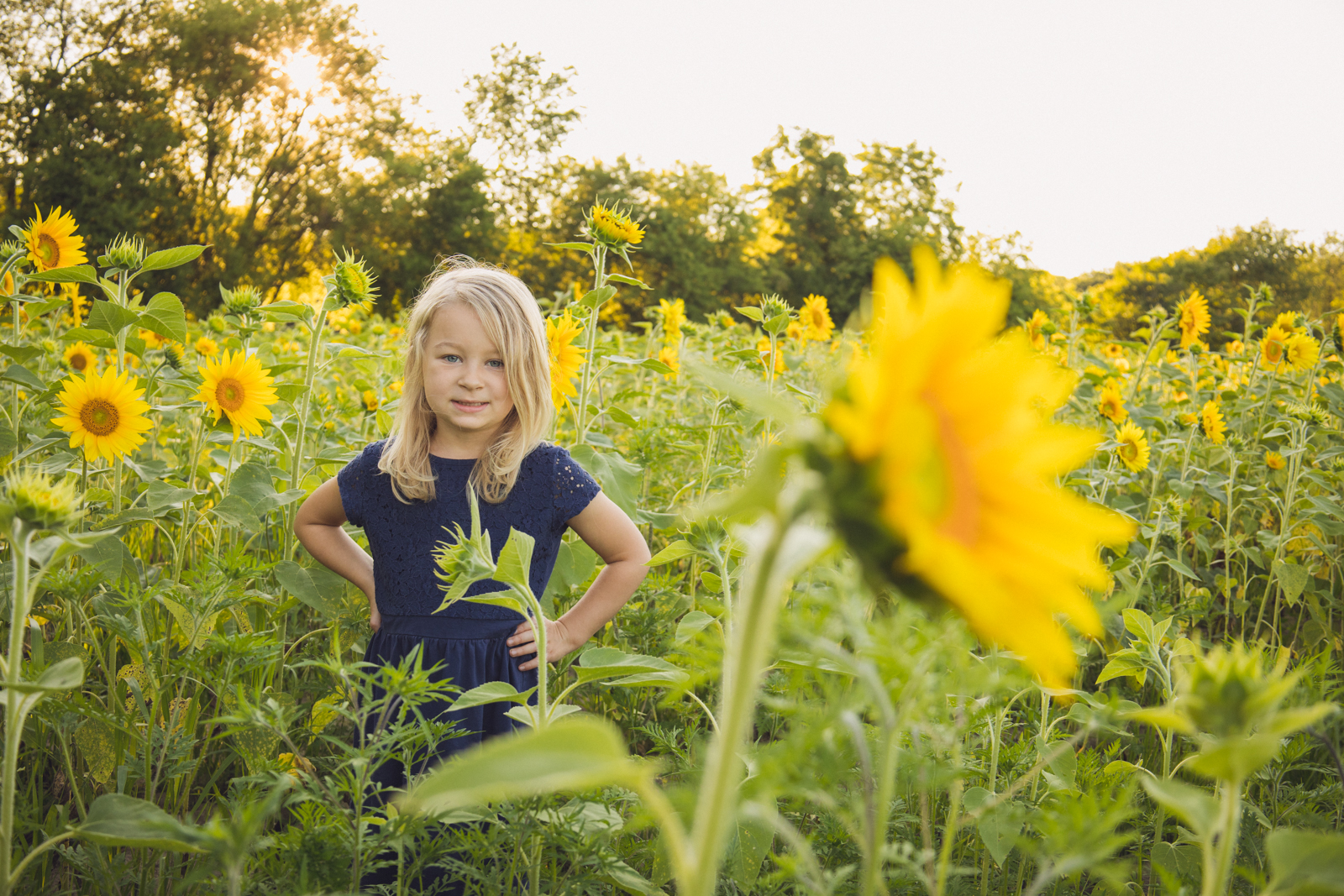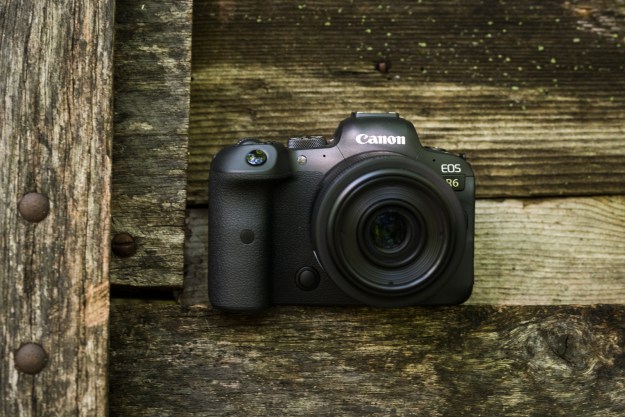
“With the ergonomics of a DSLR but the benefits of a mirrorless, the EOS R6 is a compelling hybrid.”
- Sharp photos and videos
- Smooth autofocus
- Fast shooting speed
- Excellent stabilization
- Good low light performance
- Comfortable grip
- A bit bulky
- Buffer struggles with long bursts
- Animal Eye AF under-performed
- Short 4K recording due to overheating
Canon had a bit of an identity crisis making the switch to full-frame mirrorless, with the throttled budget RP and good, but not very competitive, EOS R. The company’s second set of full-frame mirrorless cameras, however, appear to promise more of what Canon’s DSLRs were known for, and then some, with in-body image stabilization, 12 fps bursts, and the next generation of Dual Pixel autofocus inside the Canon EOS R6 and R5.

The R6 is the cheaper of the two newly-announced cameras, selling for about $2,500 for the body-only and offering a lower resolution 20.1-megapixel sensor, a plastic body instead of magnesium alloy, and skipping some of the R5’s biggest features, like 8K video. But while the feature list is shorter, the R6 still manages to include the same in-body stabilization, the same burst speed, and a similar autofocus system.
Shooting with the R6 feels like shooting with a DSLR — except for the electronic viewfinder — down to the grip, control scheme, and even size. That could be enough for the DSLR hold-outs to make the switch without sacrificing ergonomics, image quality, or performance. But is the R6 enough for Canon to compete in an increasingly crowded full-frame mirrorless market?
A mirrorless camera in a DSLR-like body

Shooting with the EOS R6 feels like working with a DSLR — until you put the camera up to your eye, and the electronic viewfinder gives the lack of a mirror away, that is. The body is closer in size to an APS-C DSLR than a full-frame mirrorless camera. Still, the width of the camera, including the grip, is almost a full inch larger than the Sony a7 III and more than a half-inch bigger than even Nikon’s Z 5. The R6 is even slightly deeper than Canon’s own EOS 7D Mark II (one such APS-C DSLR), though slightly shorter and narrower.
The important thing is that the R6 is comfortable to hold.
That means the R6 isn’t really giving you much of a size advantage if that was your main reason to switch to mirrorless, but Canon is perhaps catering to the photographers that prefer the ergonomics of a DSLR over a mirrorless camera. The important thing is that the R6 is comfortable to hold. And while about the size of a DSLR, using the R6 saves you from carrying around an extra 5 ounces over a similar DSLR like the 7D Mark II.

The control scheme also channels Canon DSLRs, down to the autofocus joystick that’s annoyingly disabled until you dig through the menus to find the option to turn it on (a baffling decision). Despite the extra real estate and non-entry level designation, Canon didn’t manage to fit a second LCD screen at the top. Also lacking is the switch to change the LCD screen from stills to video, though the record button will still start a movie from any mode. Switching focus modes or changing the burst speed requires digging in the quick menu or re-assigning some of the camera’s real estate using the custom button options. The remainder of the controls, however, should feel familiar to Canon DSLR users, right down to the depth-of-field preview button.
The familiar controls — and menu system — creates a mirrorless camera that Canon DSLR holdouts will find easy to adapt to. Users switching from another system will have to get used to a few oddities, like navigating the menus with the three control wheels instead of an arrow keypad. Though in fairness, you could always use the touch screen.
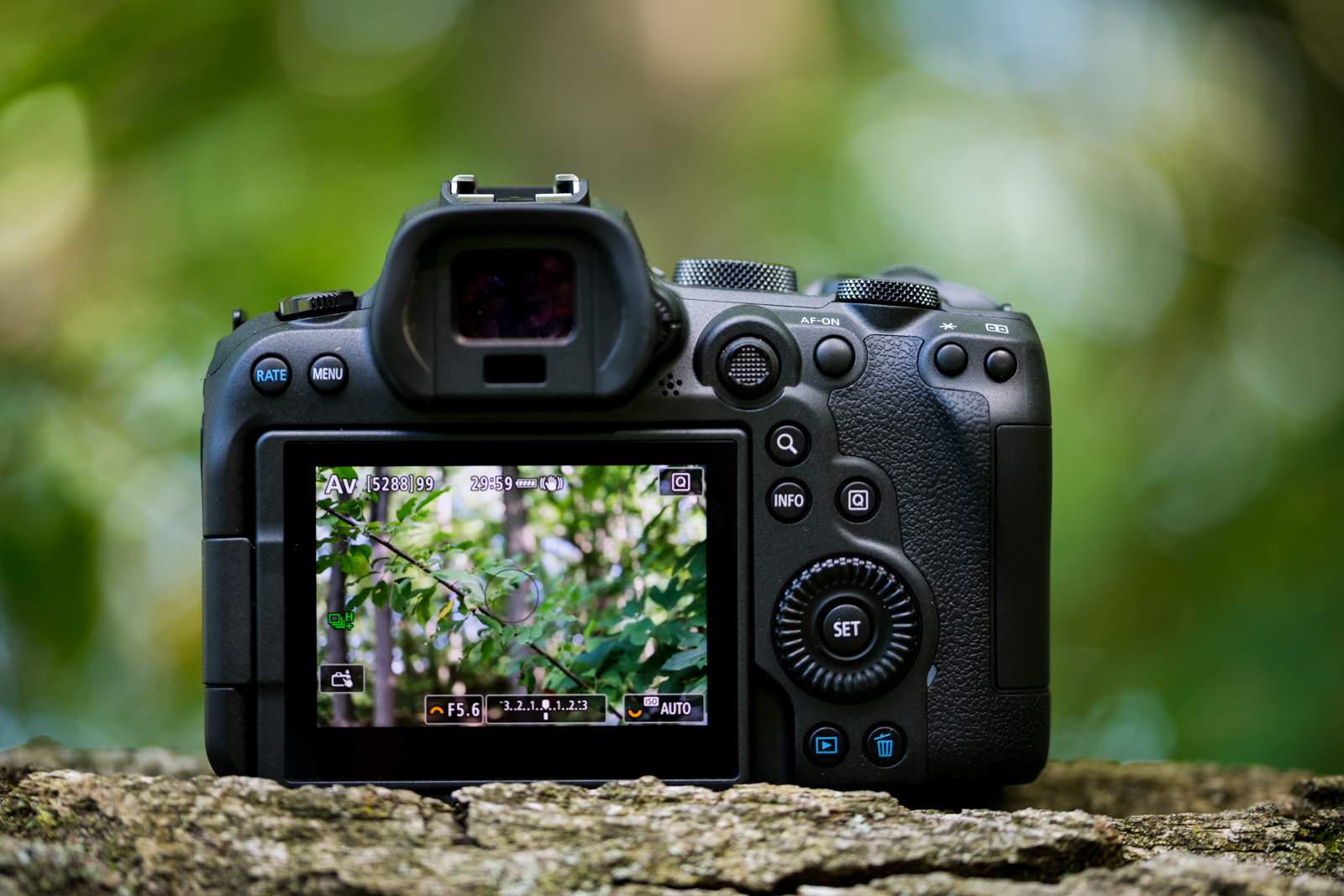
The R6 is equipped with a 3.69 million dot EVF — it’s not the highest quality that we’ve seen and not as detailed as the EOS R5, but it’s sufficient and comparable to other cameras at a similar price point. The viewfinder does blackout while shooting, but the burst speed is quick enough that it’s not terribly hard to follow the action in the viewfinder once a burst starts. The rear touchscreen, a 1.62 million-dot resolution, flips out to the side for viewing from any angle, including for selfies and vlogs while the camera is on a tripod.
A feature missing on several mirrorless models, the R6 gratefully offers two SD card slots. Battery life has a CIPA rating of 510 shots with the monitor and 380 with the viewfinder. But, like with most cameras, the CIPA rating is a gross underestimate — I shot 2,500 photos using a mix of the LCD screen and viewfinder, including lots of long bursts, before the battery warning started flashing.
In-body stabilization
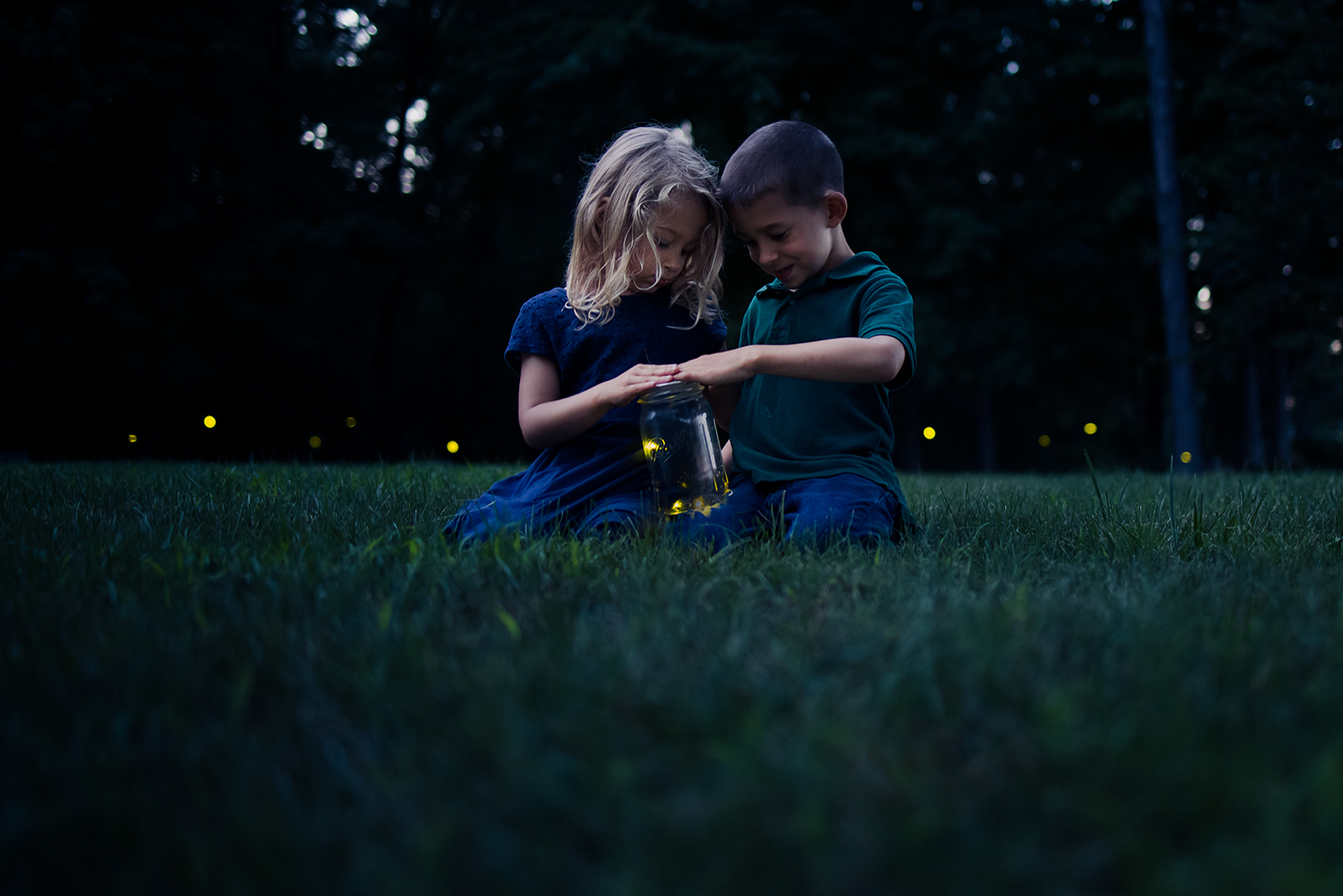
Canon disappointed many when it launched the original EOS R without in-body stabilization, and the EOS R6 makes up for that with a 5-axis stabilization system that’s rated, on paper, for up to 8 stops in combination with a specific set of lenses. On-sensor stabilization is reason alone for Canon shooters with a mid-level DSLR to switch to the mid-level R6.
The stabilization system is excellent for both low light, wide-angle shots, and lowering the shutter speed with longer lenses. I shot fireflies at dusk with the 35mm f/1.8 lens at 1/10th of a second handheld, and most of my shots were still sharp.
The stabilization system is excellent for both low light, wide-angle shots, and lowering the shutter speed with longer lenses.
While the R6 boasts a stabilization system that’s excellent for a full-frame camera, it doesn’t necessarily beat out the competition. While Nikon and Sony’s systems are only rated to five stops, I was able to shoot at a similar shutter speed with the Z 6 handheld — 1/8 of a second bracing my elbows on a table and 1/20th of a second without support. The R6 was only slightly better at 1/10th of a second without any support.
Olympus, despite listing a maximum of 7.5 stops of stabilization and Canon claiming 8 stops, was still steadier than the R6, to compare apples to oranges by pitting a Micro Four Thirds camera against full frame. Once I pushed the R6 under 1/10th of a second and got into the seconds-long exposure times, images were no longer sharp. I shot handheld long exposures that were more than six seconds long with the OM-D E-M1 Mark III that still came out tack sharp. Canon’s stabilization is excellent, yes, but it doesn’t really offer the big advantage over other stabilized bodies that it appears to if you were looking at technical specifications alone.
Quick autofocus and bursts

The R6’s autofocus also impressively managed to focus at dusk, provided the autofocus point was placed in an area with some slight contrast. The autofocus system even managed to lock on — albeit, slowly — to a glass jar at dusk, a subject and lighting conditions that are traditionally challenging for most cameras.
Continuous autofocus also kept up well, even at the maximum speed, and only occasionally dropping focus. The autofocus seemed to keep up well with subjects both moving in a direction parallel to the camera, and subjects heading straight towards me.
Eye AF is included and keeps up quickly. The R6 managed to keep the eyes in focus for almost every shot of an energetic 7-year-old running toward the camera. While the Eye AF does an excellent job keeping up, it’s not quite as adept at some systems that I’ve tried at focusing on eyes that are partially obscured — the R6 had a tougher time with faces turned toward the side, and while some systems will impressively still focus on eyelashes and closed eyes, the R6 did not.
While the eye AF is good here (though not quite the best), we can’t say the same thing for the animal face and eye-tracking. In contrast to our experience with the EOS R5, Eye AF on the R6 didn’t work at all on my chocolate lab and instead wanted to focus on her nose. I only got the animal eye AF to work once on my cat, who has more contrast in his face than a brown dog with brown eyes. Note, the animal tracking feature impressed on the R5, which has more pixels for the Dual Pixel autofocus system to work with. It’s possible that has something to do with the significantly different results we found between the two systems.
Where the autofocus system struggled most is with blacks and shadows. The R6 had issues when the AF point was placed on a darker portion of the image, even though the camera easily locked on in identical lighting seconds later once the exposure compensation boosted those shadows out of the blacks. For most images with a properly lit subject, this is a non-issue, but the camera will struggle in scenarios such as silhouettes, as well as focusing on black objects.
The excellent stabilization and mostly-great autofocus is paired with a snappy 12 frame per second burst mode and a 20 frame per second burst using the electronic shutter. The buffer is decent for a mid-level camera at 63 shots shooting RAW + JPEG, no matter what the burst speed is set to, before slowing its pace. As soon as some of those images clear out, you can resume shooting. Annoyingly, the quick menu is locked out while those images are processing, making it difficult to adjust settings quickly (a problem that has historically been an issue on other mirrorless cameras from Sony, for example). A full burst takes a good 30 seconds to clear out completely before you can access the menu. Set to JPEG only, the buffer clears almost instantly.
Image quality
The EOS R6 contains the same sensor as Canon’s flagship DSLR, the 1DX Mark III: a 20.1-megapixel full-frame sensor. That’s not as detailed or robust as the R5’s 45 megapixels or competing models like the 24 megapixel Nikon Z 6 or Sony A7 III, but the trade-off for fewer megapixels is often less noise for low light shots.
The ISO performance and stabilization mix to make the R6 an excellent option for shooting in low light.
That theory holds water with the R6, with its excellent handling of noise at high ISO. Noise starts to reach more noticeable levels, along with some color noise, around ISO 3,200 but doesn’t get annoying until cropping or printing full size at ISO 8,000. Reducing the noise of the RAW files until just before sharpness begins to suffer, I would even call ISO 12,800 still good enough to share on Instagram or make small prints and even push to ISO 32,000 if necessary. Some banding does occur when pushing the ISO much further, but the noise renders the image low quality anyway. That is, of course, under ideal conditions including shooting with a tripod and no exposure adjustments in post. Even so, these results are notably impressive.
The ISO performance and stabilization mix to make the R6 an excellent option for shooting in low light. In high contrast lighting, the R6’s RAW files were able to recover a respectable amount of detail from the shadows and even some slight recovery of highlights and whites. On the flip side, the RAW files could also be easily manipulated for additional contrast. Take a look at how backlit images at golden hour look straight from the R6 in an unedited JPEG, compared to a RAW file edited to recover the shadows, and that same RAW file edited for drama and contrast:
The R6 was also impressively sharp throughout the ISO range. While the lens plays a larger role in an image’s sharpness, images from both the 35mm and 24-105mm RF lenses were excellent. Sharpness around the eyes in portraits was particularly impressive when shooting with both Eye AF and single-point AF.
Colors coming from the R6 were exactly what I expected from a Canon. I find Canon’s colors a bit on the cool side — but that’s both entirely subjective and easily adjusted in post.
While not as detailed as a sensor with more megapixels, the R6 offers excellent image quality for a mid-level full-frame mirrorless. Sharpness is solid, noise reduction is excellent, and colors were on par with what I have come to expect from Canon DSLRs.
Video quality
The R6 has taken less room in the headlines compared to the R5’s 8K, but video is still impressive coming from the R5’s cheaper sibling. The R5, with its 8K, oversampled 4K, slow motion 4K, and RAW video is more ideal for serious videographers than the R6. But, the R6 packs several solid video features.
Video can be recorded at 60 fps in 4K in 10-bit. While not the 8K of the R5, the R6 oversamples the video, which means it takes data from the entire width of the 5K sensor to create the
Video length on the R6 is limited to about 30 seconds, but can resume recording immediately for another 10 minutes in 4K 30p.
Our Take

The Canon EOS R6 is the mirrorless camera that owners of the company’s mid-level DSLRs have been holding out for. The camera feels like working with a DSLR, but offers the in-body stabilization and electronic viewfinder of a
The R6 is an excellent camera — and the best option for using Canon lenses on a mirrorless, short of splurging on the R5 — and finally competes with other brands. But while the R6 now competes well, it puts Canon more on par with other mirrorless competitors than ahead of them. Sony and Nikon’s options are significantly smaller and offer more megapixels, and while Canon has more physical real estate, it’s missing some controls we really wish it had. The R6’s image stabilization only looks significantly better on paper, and in real-world tests, it didn’t offer much of an advantage over 5-stop systems.
Is there a better alternative?
If you want to keep your Canon lenses, the only better alternative is the Canon EOS R5, with similar features but a higher resolution and an animal AF that is actually quite impressive. But, for photographers not yet invested in a lens system, the R6 may not offer enough of an incentive to switch. The Sony A7 III is cheaper, with a few more megapixels, but the ergonomics and menu can be frustrating for photographers accustomed to DSLRs. The now-replaced A7R III has 42.2 megapixels at an identical price point and while it offers larger images, has the same issues found in the A7 III. The Nikon Z 6 is $500 less, with a slightly higher resolution, smaller body, and secondary LCD screen, but lacks dual card slots and the low light autofocus is inferior to the R6’s.
How long will it last?
Unlike the R5, the R6 has a polycarbonate body — the type of plastic commonly found on entry to mid-level DSLRs. While not as rugged, it feels solid in the hands and is weather-sealed. Barring any catastrophic drops, the R6 should last a few years, though with Canon being a rookie to full-frame mirrorless, we wouldn’t be surprised if new features in another two years make you want to upgrade before you have to.
Should you buy it?
If you are a Canon DSLR shooter ready to make the mirrorless switch and cannot afford to go for the high-end R5, then yes, buy the R6. Images and performance are excellent, and the R6 feels much like using a Canon DSLR. If you want a mirrorless camera that’s significantly smaller than a DSLR, or are looking for features like exceptional animal AF or if you shooting requires a fast buffer, you may be best served to look elsewhere.
Editors' Recommendations
- The Nikon Z 7 II and Z 6 II are coming October 14: Here’s what we want to see
- Debunked: Canon is not recalling or delaying shipments of the EOS R5
- After years of waiting, Sony A7S III may arrive this summer
- Nikon Z 6 vs. Nikon D780: The family feud in the mirrorless vs. DSLR debate
- Nikon D780 vs Canon EOS 6D Mark II: The battle of budget full-frame DSLRs

